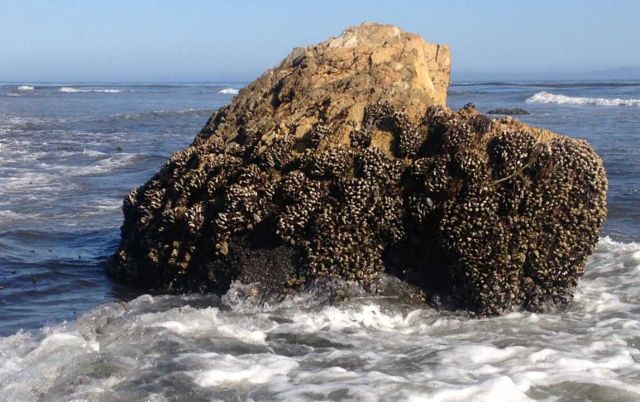Learning from Mussels
A marine bivalve inspires researchers to find a new way to make stronger, more stretchy polymers.

A wide range of polymer-based materials, from tire rubber and wetsuit neoprene to Lycra clothing and silicone, are elastomers valued for their ability to flex and stretch without breaking and return to their original form.
Making such materials stronger usually means making them more brittle. That’s because, structurally, elastomers are rather shapeless networks of polymer strands — often compared to a bundle of disorganized spaghetti noodles — held together by a few chemical cross-links. Strengthening a polymer requires increasing the density of cross-links between the strands by creating more links. This causes the elastomer’s strands to resist stretching away from each other, giving the material a more organized structure but also making it stiffer and more prone to failure.
Inspired by the tough, flexible polymeric byssal threads that marine mussels use to secure themselves to surfaces in the rugged intertidal zone, a team of researchers affiliated with UC Santa Barbara’s Materials Research Laboratory (MRL) has developed a method for overcoming the inherent trade-off between strength and flexibility in elastomeric polymers. The group’s findings appear in the journal Science.